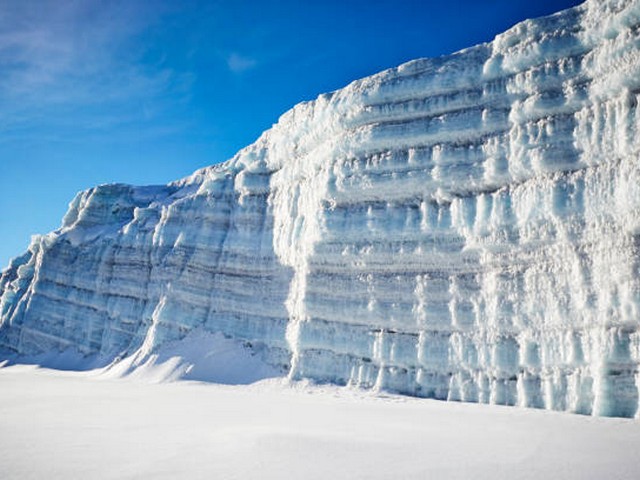Staying Safe On Kilimanjaro: Common Pitfalls To Avoid
Embarking on a journey to the roof of Africa, Mount Kilimanjaro, presents a thrilling adventure that attracts thousands of climbers each year. Known for its breathtaking views and diverse ecosystems, Kilimanjaro offers a unique challenge that, while rewarding, comes with its share of risks. At Kilimanjaro Centre for Trekking and Ecotourism (KCTE), we are dedicated to ensuring that your climb is not only memorable but also safe. In this blog, we’ll explore the most common pitfalls climbers face on Kilimanjaro and how to avoid them, ensuring a successful and enjoyable ascent.
Understanding Altitude Sickness
What is Altitude Sickness?
Altitude sickness, or Acute Mountain Sickness (AMS), is perhaps the most significant challenge faced by trekkers on Kilimanjaro. As you ascend to higher elevations, the decreased oxygen levels can affect climbers, causing symptoms like headaches, nausea, and dizziness.
How to Prevent Altitude Sickness
The key to avoiding AMS is a proper acclimatization process. At KCTE, we recommend:
- Choosing Longer Routes: Opting for longer routes allows more time for your body to adjust to the altitude changes gradually.
- Hydration: Drink plenty of water to stay hydrated.
- Pace Yourself: Maintain a slow and steady pace to give your body time to adapt.
Gear and Preparation: Packing Right
Essential Gear for Climbing Kilimanjaro
The right gear is your best defense against the mountain’s elements. Essential items include:
- Thermal Clothing: Layering is crucial due to the varying temperatures.
- Quality Footwear: Invest in good hiking boots that are worn-in to avoid blisters.
- Sun Protection: Sunglasses, sunscreen, and a hat are a must due to the high UV exposure at altitude.
Training Before the Trek
Physical preparation cannot be overlooked. Engage in regular cardiovascular exercises like running, swimming, or cycling. Additionally, practice hiking on uneven terrains to condition your legs and lungs for what’s ahead.
Navigating the Route Safely
Choosing the Right Path
Kilimanjaro features several routes, each offering different experiences and challenges. Routes like the Lemosho and the Machame are popular for their scenic views and better acclimatization profiles. Our experts at KCTE can help you select the route that best suits your experience and fitness level.
Weather Considerations
The mountain’s weather is unpredictable. Prepare for rain, cold, and at times, harsh winds. Understanding the best times to climb—typically during the dry seasons (January to March and June to October)—can significantly enhance your experience.
Health and Nutrition on the Mountain
Eating Right
Your body needs more calories during high-altitude treks. KCTE provides nutritious meals tailored to sustain energy levels while considering the altitude’s effects on digestion.
Staying Hydrated
Dehydration is a serious risk on Kilimanjaro. Drink water regularly throughout your climb, and consult with our guides on the appropriate amount to consume as you ascend.
The Role of Professional Guides
Why a Guide is Essential
Kilimanjaro’s guides are not only required by law but are invaluable in ensuring a safe climb. They are trained to recognize symptoms of altitude sickness and other potential health issues. Furthermore, they enrich your journey with insights into the local flora, fauna, and geological features.
KCTE’s Experienced Guides
Our guides at KCTE are certified, knowledgeable, and equipped with first aid skills, ensuring you’re in safe hands every step of your journey.
Respecting Kilimanjaro’s Environment
Leave No Trace
Preserving the natural beauty of Kilimanjaro is a responsibility shared by all climbers. Follow the ‘Leave No Trace’ principles by keeping waste to a minimum and staying on designated trails.
Participate in Conservation Efforts
KCTE is committed to conservation efforts and offers climbers opportunities to contribute, be it through donations or participating in eco-friendly practices during their climb.
Conclusion: Your Journey Awaits
Staying safe on Kilimanjaro is about preparation, respect for the mountain, and choosing the right partners for your adventure. At Kilimanjaro Centre for Trekking and Ecotourism (KCTE), we are passionate about providing an experience that is safe, enriching, and unforgettable. By being aware of common pitfalls and how to avoid them, you’re one step closer to conquering this majestic mountain.
Ready to take on Kilimanjaro with confidence? Contact us today to book your climb with the experts at KCTE.
FAQ
What is the best time of year to climb Kilimanjaro?
The best times to climb Kilimanjaro are during the dry seasons, from January to March and June to October.
How long does it take to climb Kilimanjaro?
It typically takes about 5 to 9 days to climb Kilimanjaro, depending on the route and pace.
Do I need special insurance to climb Kilimanjaro?
Yes, it’s advisable to get travel insurance that covers high altitude trekking up to 6,000 meters.
Can beginners climb Kilimanjaro?
Yes, beginners can climb Kilimanjaro; however, adequate physical preparation and choosing an appropriate route are crucial.
What are the symptoms of altitude sickness?
Symptoms include headache, nausea, dizziness, and fatigue. If you experience these symptoms, it is important to alert your guide immediately.
Embark on your Kilimanjaro adventure with KCTE and experience the pinnacle of trekking safely and sustainably.




